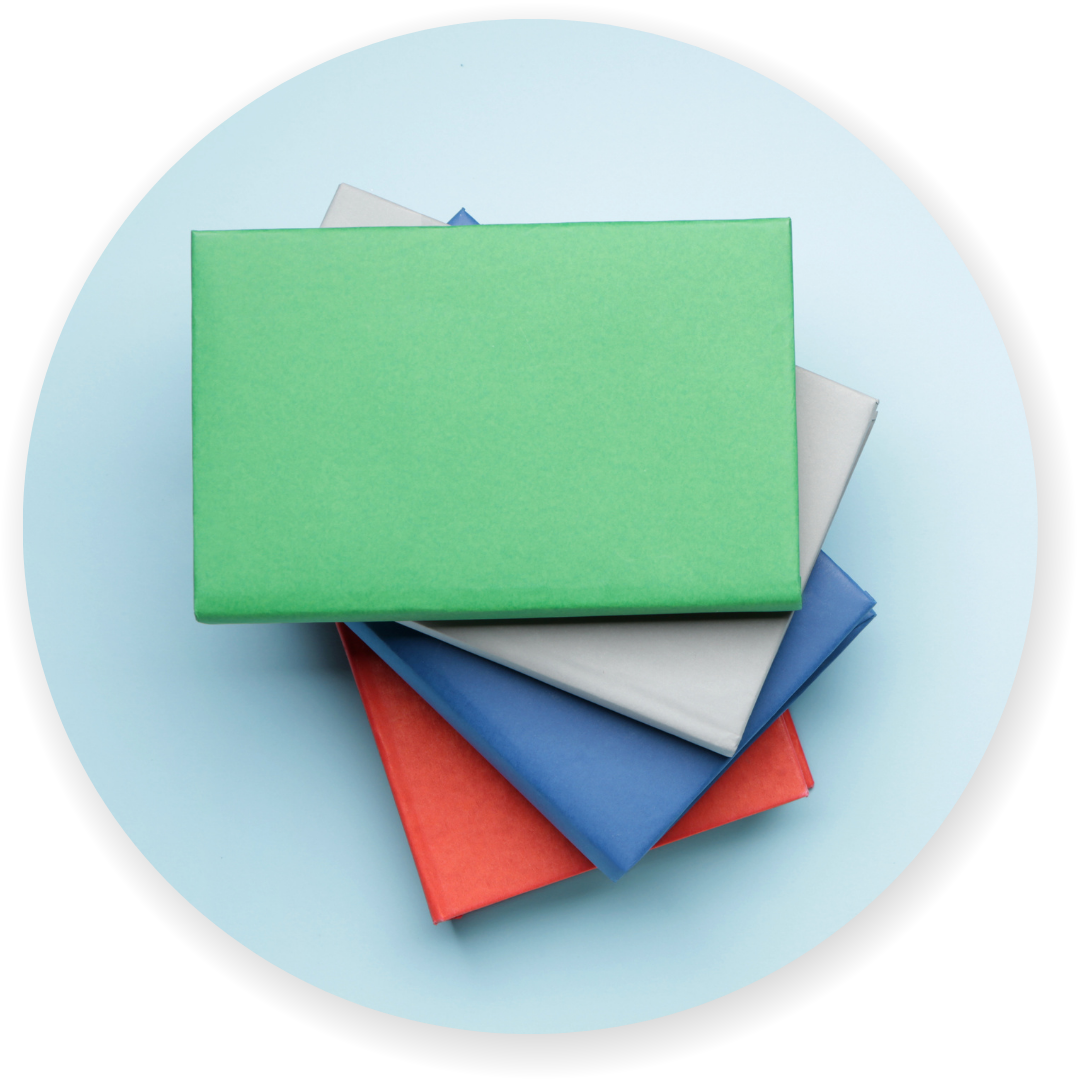 A Definition of Fake News
A Definition of Fake News
““[F]ake news”…[is] those news stories that are false: the story itself is fabricated, with no verifiable facts, sources or quotes. Sometimes these stories may be propaganda that is intentionally designed to mislead the reader, or may be designed as “clickbait” written for economic incentives (the writer profits on the number of people who click on the story). In recent years, fake news stories have proliferated via social media, in part because they are so easily and quickly shared online.” “Fake News,” Lies and Propaganda: How to Sort Fact from Fiction

Books
21 Lessons for the 21st Century by Yuval Noah Harari
American Pravda : my fight for truth in the era of fake news by James O’Keefe
Breaking hate : confronting the new culture or extremism by Christian Picciolini
Bunk : the rise of hoaxes, humbug, plagiarists, phonies, post-facts, and fake news by Kevin Young
Calling bullshit : the art of skepticism in a data-driven world by Carl T. Bergsrom & Jevin D. West
Don’t burn this book : thinking for yourself in an age of unreason by Dave Rubin
Fake news, propaganda, and plain old lies : hot to find trustworthy information in the digital age by Donald A. Barclay
Information wars : how we lost the global battle against disinformation and what we can do about it by Richard Stengel
Republic of lies : American conspiracy theories and their surprising rise to power by Anna Merlan
The smear : how shady political operatives and fake news control what you see, what you think and how you vote by Sharyl Attkisson

Articles
The Age-Old Problem of “Fake News” (Smithsonian)
America’s growing fake news problem, in one chart (Vox)
Anyone can fall for ‘fake news,’ conspiracy theories: The psychology of misinformation (USA Today)
Deepfake laws emerge as harassment, security threats come into focus (Cyberscoop)
Fact Check: How to Decipher Online News and Information/Examples of Fake News (Walden University)
Fake News Workshop (Penn State University Libraries)
Fighting Fake News Workshop Report (Yale Law School)
Five Ways to Spot Disinformation on Your Social Media Feeds (ABC)
Here’s What Non-Fake News Looks Like (Columbia Journalism Review)
How to Spot Fake News (and Teach Kids to be Media Savvy) (Common Sense Media)
Should you trust media bias charts? (Poynter)
What are deepfakes – and how can you spot them? (Guardian)
What is a deepfake? Everything you need to know about the AI-powered fake media (Insider)
Sources for fact-checking the news
FactCheck.org: A monitor of the factual accuracy of what is said by major U.S. political players
Fact Checker (Washington Post): Truth check political figures and their issues.
NewsGuard: known as the “Internet Trust Tool” and helps internet users navigate through reliable and unreliable news sources online. The browsers on our public library computers are equipped with NewsGuard!
Snopes: internet reference source for urban legends, folklore, myths, rumors, and misinformation.
RAND Corporation: an index of online resources to use to check disinformation.

Streaming
Deepfakes: Why you can’t believe everything you see and hear
How We Can Protect Truth in the Age of Misinformation
You can also check Online Resources (Masterfile Premier, Proquest Platform and Business Source Premier) on the Library website for more information.
